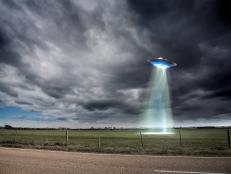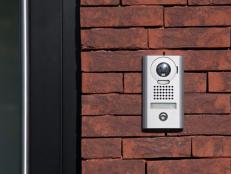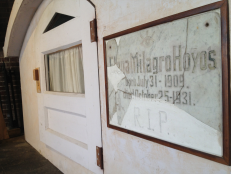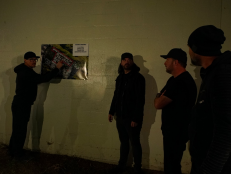Tips for Earthquake and Tsunami Preparedness

Paula Bronstein
While more than a couple dozen major earthquakes measuring 7 to 7.9 on the Richter scale occur each year, the likelihood of a traveler enduring the potentially traumatic effects of an earthquake is pretty remote. Still, an earthquake can happen at any time and travelers to popular destinations along the Pacific Rim – such as Hawaii, California, Mexico City, and most of Japan – that are known for a history of the tremors should know how to react to them.
“Preparedness is a constant process, which begins way before the shaking starts,” says Dr. Marla Petal, a co-director of Risk RED, which provides disaster prevention education. “For travelers, the most important asset they have is a good imagination about what can happen when the ground shakes,” says Petal. “Think about the things that can fall, slide, fly, and what they can hit.”
Here are some tips on ways to stay prepared for an earthquake.
1. Ask the hotel preliminary questions. Check to see if the building is “life safe,” with routine fire and emergency drills, an evacuation plan, and fire safety inspections. Poor maintenance at a hotel is a clear warning sign. It could indicate termite infestation, which compromises the integrity of wood-framed structures.
And if the hotel is by the water? “Ask them about their evacuation plan, and where the ‘safe’ points are, how they’ll alert guests of an impending tsunami,” says Phil Sylvester, travel safety expert with WorldNomads.com, a travel insurance company.
2. Assess your surroundings. Adjust your room to make it safer during an earthquake. Move your bed if it is near a wardrobe center. Make sure furnishings are secure. Know where the nearest fire extinguisher is and the last time it was serviced. And ensure that the hotel’s exit routes are not locked.
3. Write a family reunification plan. Determine where your family would to reunite before the trip if a quake strikes. And designate a contact person back home as the go-to source for each family member.
4. Bring a flashlight. Carry a professional-grade flashlight. An LED flashlight lasts longer than non-LED flashlights. Also essential, says Petal, is a tactical light stick to attract attention if you need critical help. And don’t light a match, which would cause an explosion if there’s a gas leak.
SureFire Flashlights
Pelican Products Light
Coast LED Lenser Flashlight
Tactical lightstick
5. Think water safety. Carry iodine tablets and water filters. Iodine tablets block radiation absorption and can be purchased at a pharmacy. More critical is the need for a water filter, because an earthquake can render drinking water undrinkable, says Christopher Falkenberg, president of Insite, a security company that advises high net worth individuals and families on matters of international and domestic travel security, who recommends the following options.
LifeStraw
Katadyn water filters
6. Don’t forget a mask filter. The dust that whips up during and after an earthquake is not anything you want to breathe in. The N95 respirator mask filters out 95 percent of airborne particles. Also bring along a medical kit.
Kimberly Clark N95 respirator
Suture Medic Kit
7. Drop! Cover! Hold on! “If you feel any shaking, make yourself a small target, covering your head and neck because they’re most vulnerable to serious injury,” says Petal. A traveler in bed when an earthquake hits should stay there. Do not seek shelter in a bathtub. Tile, glass, and porcelain can cut and bruise.
8. Know tsunami warning signs. Three vital signs that a tsunami might occur include shakes and tremors underfoot, the sea receding below normal low tide and a loud roar. “Be alert to any warnings made by local authorities, which can be radio broadcasts or an audible alert [such as] a siren,” says Sylvester. “And if you see large numbers of locals suddenly fleeing the beach area, go with them,” he adds.
9. Get to the second floor. When Sylvester reflects on the 2004 Indian Ocean earthquake and tsunami, he notes that many who perished were on the ground or in buildings lower than 2 stories. That’s why it’s essential to get inside a concrete building and get up to the second floor so you’re well above water, he says.” Fortunately, in coastal resort areas, hotels are often in high-rise concrete buildings where people can get up to the second story (or higher) to escape a tsunami.
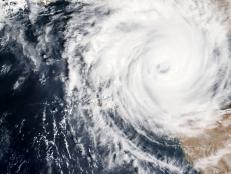
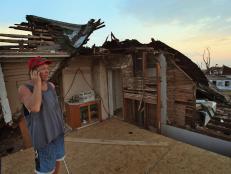


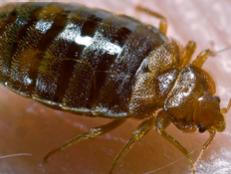
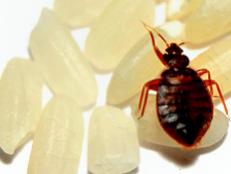
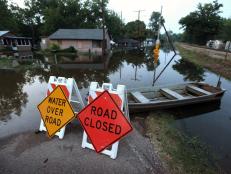
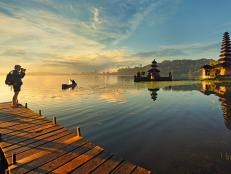

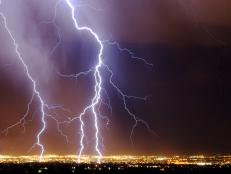








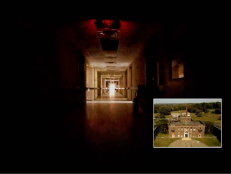

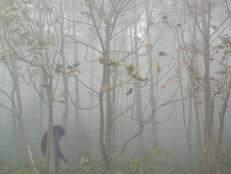
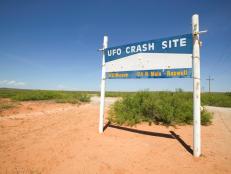





.jpg.rend.hgtvcom.231.174.suffix/1674758726773.jpeg)






